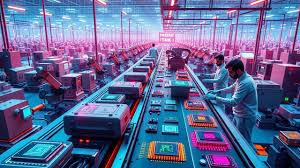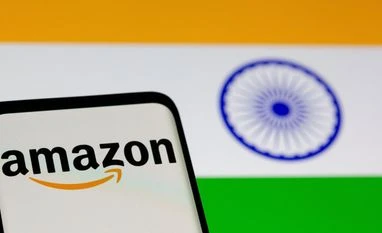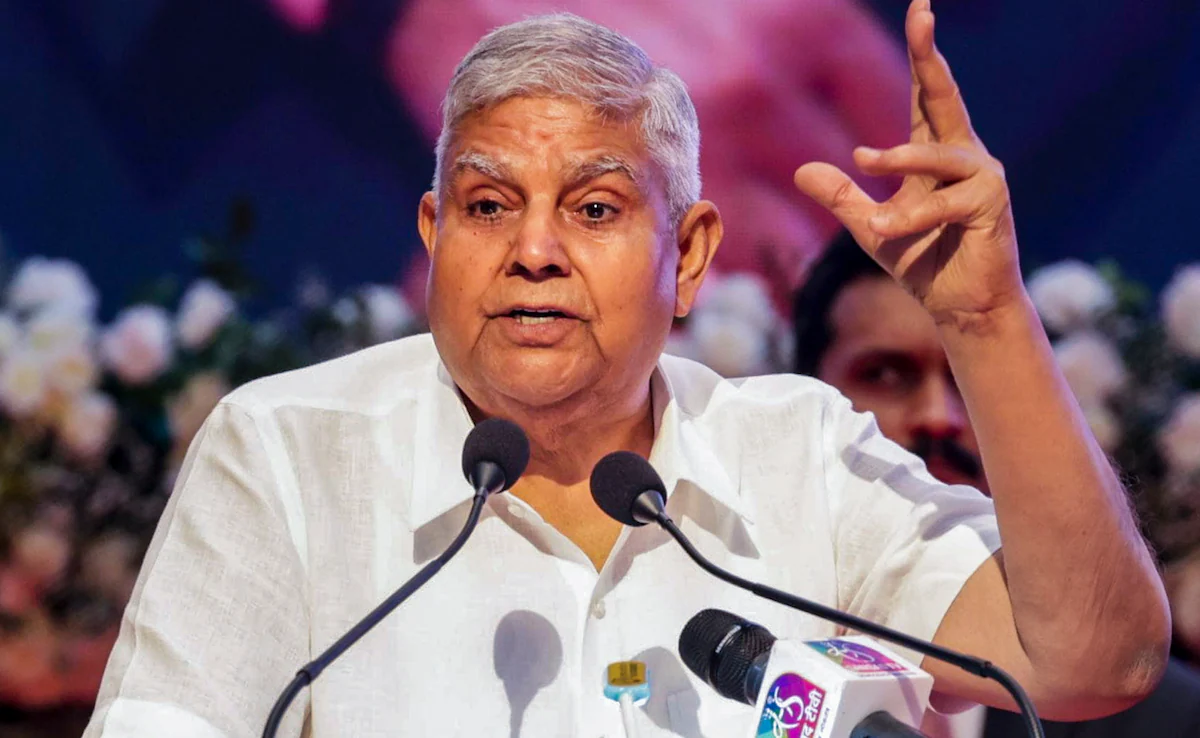Now Reading: India’s Electronics Export Push: Can It Challenge China’s Dominance?
-
01
India’s Electronics Export Push: Can It Challenge China’s Dominance?
India’s Electronics Export Push: Can It Challenge China’s Dominance?

India’s electronics manufacturing sector is witnessing a steady shift, with mobile phones emerging as a major growth driver. Backed by production-linked incentives and a focus on export-led growth, India is positioning itself as a serious player in global electronics manufacturing—a space long dominated by China. The question is, can India sustain this momentum and truly compete at a global level?
Mobile Manufacturing Leads the Charge
Over the last few years, India has ramped up mobile phone production significantly. Big global brands are now assembling smartphones within Indian borders, not just for domestic consumption but increasingly for export. Tier 2 cities like Noida, Sriperumbudur, and Hosur have become hubs for manufacturing activity, creating thousands of new jobs and drawing in fresh investments.
This shift is largely driven by the government’s production-linked incentive (PLI) scheme, which rewards companies for increasing local output. With mobile phones accounting for a major chunk of electronics exports, India’s foothold in this sector is growing stronger.
From Assembling to Value Addition
However, industry experts caution that India’s electronics industry still relies heavily on imported components. The current model is mostly centred on assembly rather than full-fledged manufacturing. For India to truly challenge China’s dominance, it will need to strengthen its component ecosystem—this means building capabilities in chip-making, batteries, displays, and semiconductors.
Progress is happening, but it’s slow. Setting up fabs and building high-end supply chains requires years of planning, billions in investment, and a skilled workforce. While initiatives are underway, the results will take time to show.
Jobs and Economic Growth in Smaller Cities
The electronics push isn’t just a big-city story. Factories and assembly units are now being set up in Tier 2 and Tier 3 regions, offering employment opportunities where few existed before. Cities like Nagpur, Bhiwadi, and Mysuru are seeing the early signs of this change.
This decentralised growth has the potential to reduce migration to metros, improve regional income levels, and encourage local entrepreneurship. However, this will require better infrastructure, logistics, and power supply in these areas.
Global Competition is Fierce
India may be rising fast, but competition isn’t standing still. China, Vietnam, and Mexico continue to dominate large parts of the global supply chain. India’s next challenge will be to move beyond just phones—into laptops, tablets, EV electronics, and medical devices.
This requires consistent policies, global partnerships, ease of doing business, and faster clearances. Missing out on any one piece could slow down the larger ambition.
Conclusion
India is on the right track with its electronics export strategy, but there’s a long way to go. The mobile phone-led boom has built momentum, created jobs, and boosted global visibility. Now, the real task is building depth—making more components locally, expanding into new product categories, and ensuring that Tier 2 cities aren’t left behind in this transition. The next decade will decide whether India can just compete—or truly lead.
























